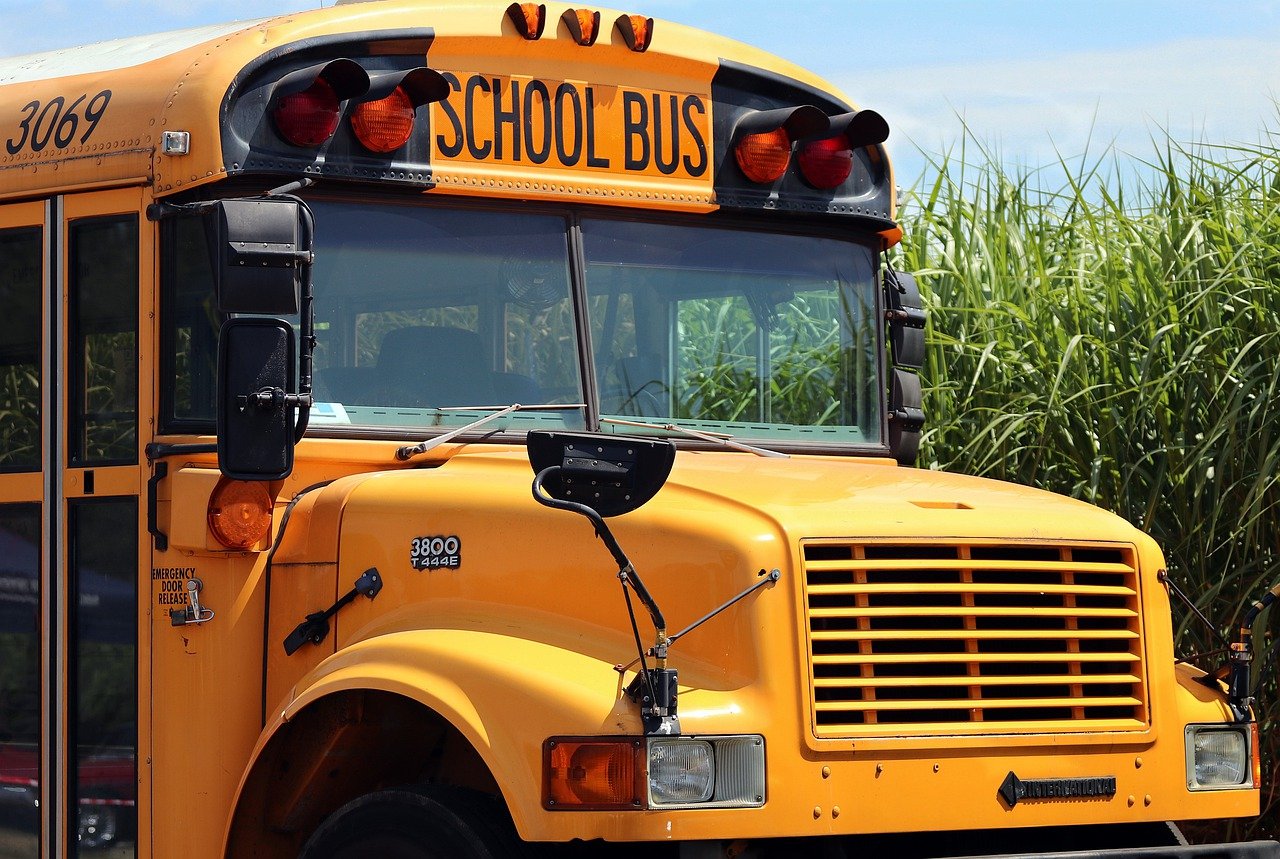How To Help Children With Writing Essays In 6 Ways
Today, on Redhead Mom, I’m sharing a guest post about how to help children with
writing essays, written in partnership with author, Amanda Dudley.

Essay writing is hard enough for most adults, so much that essay writing isn’t on the hobby roster once we finish our studies. Journaling, yes! An exposition of A Tale of Two Cities, no! Kid writing is different from adult writing in this case.
Children, however, are in the depths of their essay writing time. From school through to university, they’ll churn out thousands upon thousands of words on a range of subjects. While your kid might find the task tedious and boring, it is unavoidable and, ultimately, a useful life skill.
Teaching kid to write an essay is a job for teachers, although we know that homework is also your work, now more than ever. So let’s break down the ways to help your child when they’re really struggling to write an essay.
1 – Let’s Talk About It
Rushing to completion does no one any good. Before the pen hits paper or fingers tap the keyboard, discuss the topic and the whole class if you have time. Listen attentively, and don’t interrupt. When there’s time to ask questions of your little one, make them open-ended.
Open-ended questions are not satisfactorily answered by a ‘yes’ or a ‘no’; those are closed questions, which are still sometimes useful. It is a good idea for someone, preferably your child if they’re capable, to take notes of the discussion. Alert them of the difference between note-taking and transcribing. Just some bullet points with key phrases and ideas will suffice.
If your child has dyslexia, talking things through will let their inner intelligence shine. In this case, you should take control of the note-taking and encourage them to hold forth on the topic. Go with questions and prompts like; “how do you know that to be true?”, “what does that mean for X?” and ”where would this part fit in the grand scheme of things?” When focusing on dyslexia and reading comprehension, it’s essential to engage your child in a way that resonates with their learning style. Utilize visual aids or hands-on activities to facilitate their understanding, and make reading a shared, interactive experience. Discuss the text, dissect its elements, and relate them back to the topic at hand, ensuring that the concepts are firmly grasped. This approach not only addresses the challenges posed by dyslexia but also actively promotes the development of robust reading comprehension skills.
If your kid isn’t yet firing on all cylinders, some pop-quiz questions like true or false/yes or no, might help them activate their minds and get things moving. Take the lead on this, and you’ll become the top parent essay writing service in no time.
2 – Make a plan
Essay structures generally boil down to an introduction, a thesis, the proof, any disproofs of the initial theory you’ve proposed, and conclusion. Fill the barebones of these sections with the ideas you’ve discussed previously. Shape them point by point into a cohesive whole. Discard what you don’t need and think about how you’ll source and cite the evidence you need.

3 – Use simple language
Your child may have the impression, like many others, that a thesaurus is a gateway to good grades. Not at all. Of course, if specific vocabulary is essential to the topic – try writing about the heart’s valves without using the term aorta – you should use it.
But use it wisely; the wisest of the wise will always include a short paragraph defining any terms deemed unfamiliar. Any definition paragraphs should not read like a glossary; they should fit into the flow and thrust of the essay.
Aside from the specialist vocabulary – or lexicon if you’re going to disobey this advice – scrap all those obscure, florid, and archaic words.
4 – Create a flow between paragraphs
Flowing reads are the best reads; make each paragraph contain only one point. The ordering must be cogent and unambiguous. If you present an argument for something, propose another view of the same thing from a slightly different perspective, and then offer a critique of it; you should signpost this change in direction.
What this means is using signpost words such as “nevertheless” for something contradictory. “Furthermore” is excellent for driving home a point even further.
Each paragraph, with its singular point, also needs some evidence and explanation. Ideally, this style of writing goes by PEE in some educational circles. Paragraphs should contain the point, evidence, and explanation.
5 – Hit the books
Readers make good writers. Encourage a healthy reading habit in your child, and those complaints about essays will change from “I can’t do this” to “this is too easy.” What a delightful problem that must be.
Looking at books of all genres by authors of all ages and reading plenty of them expands what we know is possible. Children develop into the spaces we make for them; different ways to write and learn come, in part, from enjoying different ways and things to read.

6 – Recap what you know
In sum, helping your kid out when they can’t make it to the word count total is one of the tasks of life. Writing is easy when you understand the mechanics though. In this list, the most vital tip is to talk about the essay. Most people speak at a rate of 130 to 140 words per minute. Imagine how many times over you ‘write’ the essay by chatting through the plan and the outline.
[wl_faceted_search]











When my son is writing (3rd grade) we make a plan together. We write the subject, a few things he’s going to talk about and then details about those things. We put them in bullet form first, then in his own words, he puts them into paragraphs.